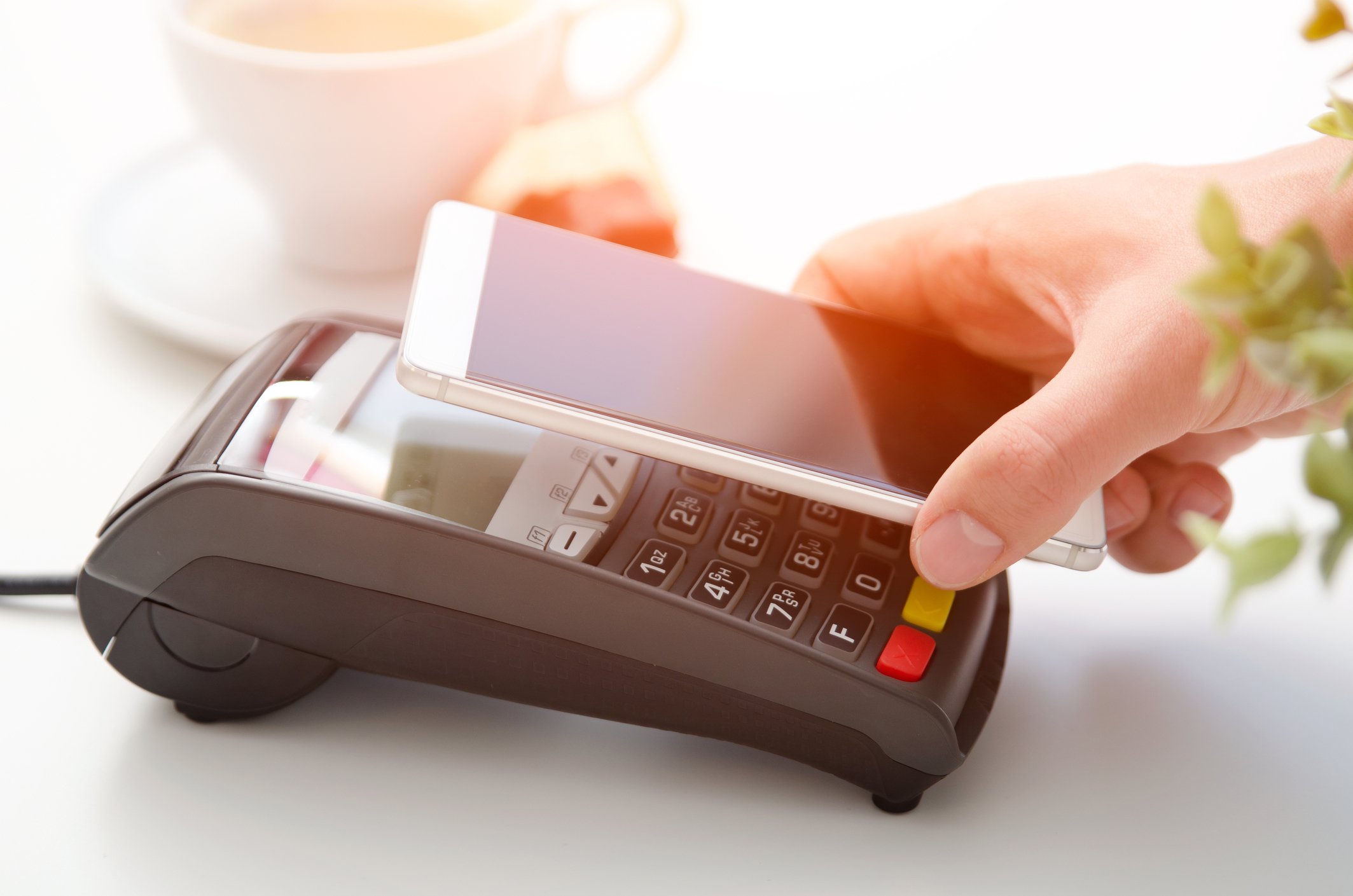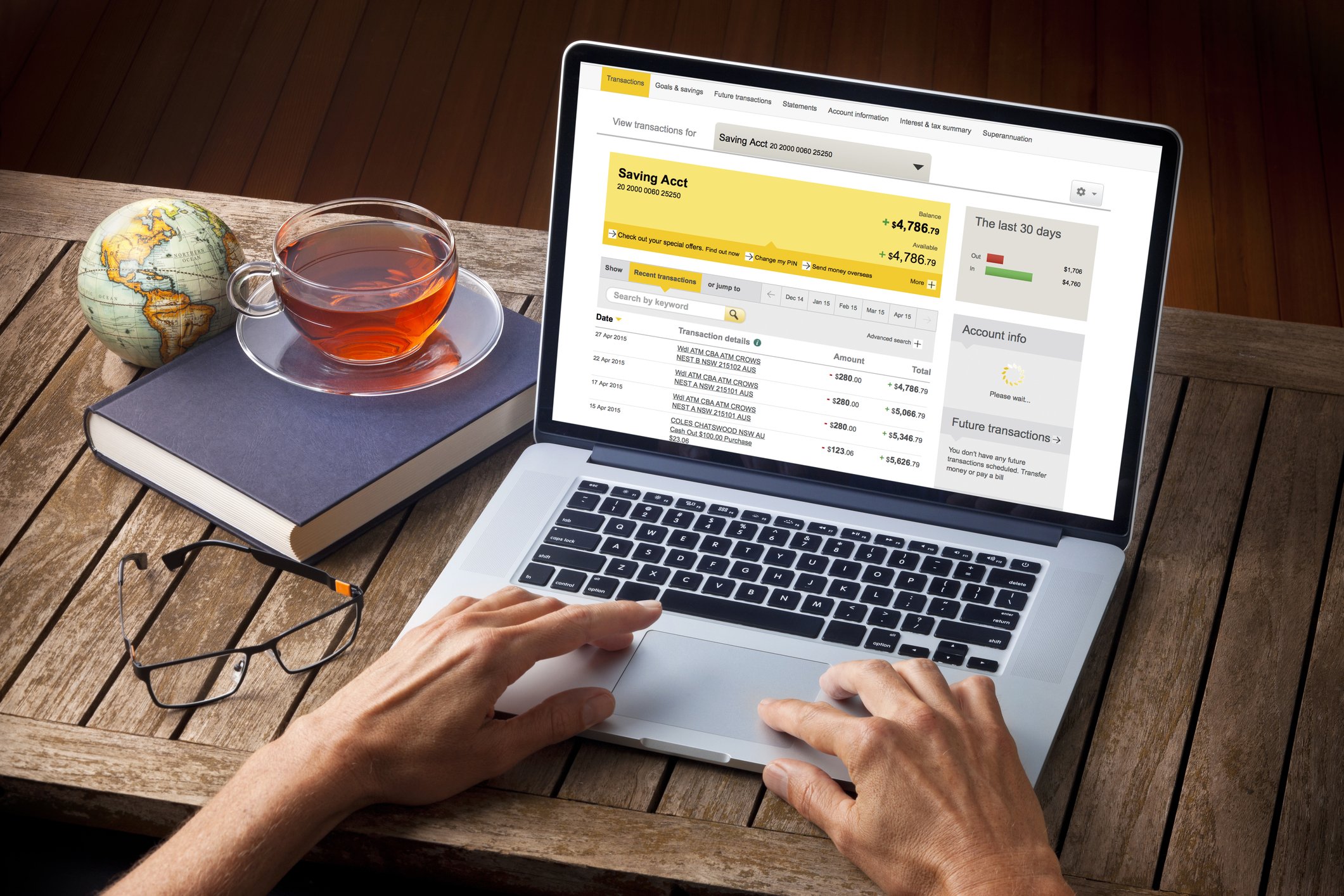Mobile Banking for Teens: What’s Great, What’s Not
Introduction
Mobile banking is changing how we manage money — and yes, that includes teens. If you’ve ever wanted to check your balance from your phone, split the cost of snacks with your mates instantly, or save up for something big, mobile banking might be your new best friend.
But just like anything money-related, it’s not all sunshine and smooth scrolling. There are real pros and cons, and this guide is here to break it down. Whether you’re 13 and just starting out with money or 17 and prepping for financial independence, here’s everything you need to know about mobile banking for teens — what’s great, what’s not, and how to make it work for you.
What Is Mobile Banking (And Why It Matters to Teens)?
Mobile banking is all about managing your money through an app on your phone. It means you don’t need to visit a bank branch, queue up, or even speak to a human most of the time. For teens, it can offer:
A super simple way to check your balance.
Tools to save, budget, and spend wisely.
A chance to learn real-life money skills early.
Some banks are made for mobile use only — known as challenger or digital banks — while others offer mobile apps as part of their traditional service.
“Mobile banking can be a great tool for teens to learn about money, but it’s important they understand the terms and build good habits early.”
What’s Great About Mobile Banking for Teens
There’s a lot to love about managing your money from your phone. Here’s what makes mobile banking so useful:
Instant Access to Your Balance
You can check how much money you have in seconds. No need to guess or wait for a paper statement. It helps you avoid overspending — or that awkward moment when your card gets declined at the shop.
Spending Alerts
Most apps send notifications every time you spend, so you always know where your money is going. It’s like having your own mini money coach in your pocket.
Savings Goals
Many teen accounts let you set goals, name them (like “New Trainers” or “Concert Tickets”), and track your progress. It’s actually kind of fun.
Parental Tools
If you’re under 16, many mobile banking apps let parents keep an eye on your spending, top up your card, or freeze it if you lose it. You still get freedom — just with a little backup.
Learn Smart Money Habits Early
Mobile banking teaches real-world money skills — budgeting, saving, and thinking before you spend. You’ll be way ahead of the game when you turn 18.
Digital Payments
Paying with your phone (Apple Pay, Google Pay) or using your card online is easy. You don’t need cash to go to the cinema or chip in for pizza.
What’s Not So Great About Mobile Banking
Mobile banking isn’t perfect, especially for teens. Here are some things to watch out for:
Limited Customer Support
Some mobile-only banks rely on chatbots or email instead of real people. If something goes wrong, it can take time to get help.
Monthly Fees
Apps like GoHenry charge around £3.99 per month. That adds up, especially if you’re not using all the features.
Not All Are Fully Protected
Only banks with a UK banking licence offer FSCS protection (up to £85,000 if something goes wrong). Some prepaid cards for teens don’t have this protection.
It’s All on Your Phone
Lose your phone, and you’re temporarily locked out. Some banks have backup options — but not all.
Scam Risks
Text scams and fake links are real. If you don’t know how to spot them, it’s easy to get caught out.
Can Encourage Impulse Spending
Having instant access to your money is powerful — but also dangerous if you’re tempted to spend without thinking.
What to Look for in a Teen Mobile Banking App
Not all apps are created equal. Here’s what matters most when picking a mobile bank as a teen:
Age Suitability – Some apps are made for ages 6+, while others start at 16.
Fees – Look out for monthly charges, ATM fees, or charges for using your card abroad.
Parental Controls – Does it let parents set limits, view spending, or top up your account?
Security – Make sure the app has strong passwords, two-factor authentication, and card freezing options.
FSCS Protection – This protects your money if the bank fails. Always a good idea.
Useful Features – Things like spending categories, goal setting, instant notifications, and app design all matter.
Best Mobile Banking Apps for UK Teens
Here’s a look at some of the top mobile banking options for teens in the UK, explained in a straightforward way:
GoHenry
GoHenry is aimed at kids and teens aged 6 to 18. It comes with a prepaid debit card, a fun app, and lots of features for saving and budgeting. Parents get full control and visibility — they can set limits, view spending, and send money instantly. It does charge a monthly fee of £3.99, though, which is its biggest downside.
Starling Kite
Starling Kite is the kids’ version of Starling Bank, available for ages 6 to 15. It's free to use and packed with safety features. The catch? Your parent or guardian needs to have a Starling Bank account to set it up. It’s backed by FSCS protection and has a clean, easy-to-use app.
Revolut <18
Revolut <18 is for ages 6 to 17 and offers a sleek app experience, customisable debit cards, and instant notifications. There’s no monthly fee for the basic version. Parents can link their Revolut account to keep an eye on things. However, since Revolut isn’t a fully licensed UK bank, it doesn’t offer FSCS protection.
Monzo (16+)
If you’re 16 or older, Monzo gives you full access to a proper bank account with zero monthly fees. You get a debit card, an awesome app with budgeting tools, and instant spending alerts. Monzo doesn’t currently offer accounts for under-16s, and there are no parental controls — so it’s best for independent teens.
Tips for Teens Starting Mobile Banking
Whether you’re opening your first mobile bank account or already using one, here are some smart tips:
Start with saving, not just spending. Set a goal and watch it grow.
Use spending notifications to spot bad habits (like those late-night takeaway splurges).
Ask a parent or trusted adult to walk through the app with you the first time.
Don’t click random links claiming to be your bank — always go through the official app or website.
Check your balance often — it keeps you in control.
Freeze your card instantly if you lose it or something feels off.
A Quick Note for Parents
Mobile banking can sound scary if you’re not familiar with it, but it’s one of the best ways for teens to learn about money in a safe, controlled way. The best apps offer parental controls, real-time alerts, and teaching tools that make money management easy and fun. It’s not about spying — it’s about support.
Final Thought… Is Mobile Banking Right for You?
If you’re looking to take control of your money, mobile banking is a great step forward. It offers speed, control, and tons of learning opportunities. Just be smart about which app you choose and how you use it.
Mobile banking isn’t a magic fix for money mistakes — but it is a smart way to build confidence and independence with your cash.
FAQ’s
-
Yes — most teen banking apps are designed with safety in mind, including card freezing, PIN protection, and spending alerts. But teens still need to learn to avoid scams and set strong passwords.
-
Some apps like GoHenry or Revolut <18 start from age 6 (with a parent involved). Full accounts like Monzo usually start at 16.
-
Absolutely. Many mobile banking apps offer prepaid or debit cards for teens that can be used online, in shops, and even with contactless payments.
-
Top picks include GoHenry, Starling Kite, Revolut <18, and Monzo (16+). The best one depends on your age, how much freedom you want, and whether you’re okay with fees.
-
If you’re under 16, yes — you’ll need a parent to help set up the account. At 16+, many banks let you apply solo with valid ID.







